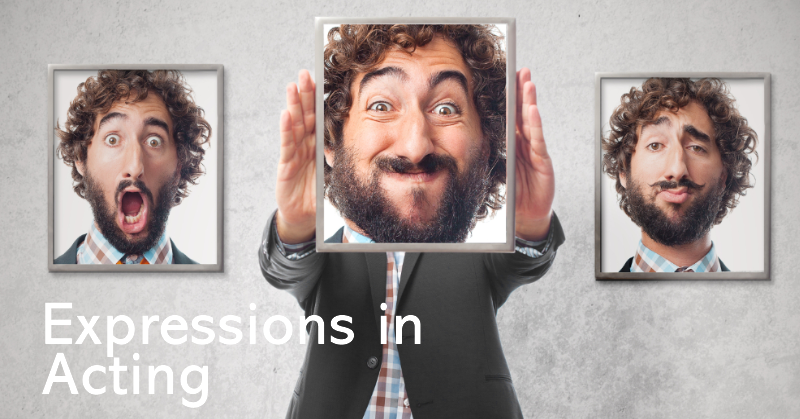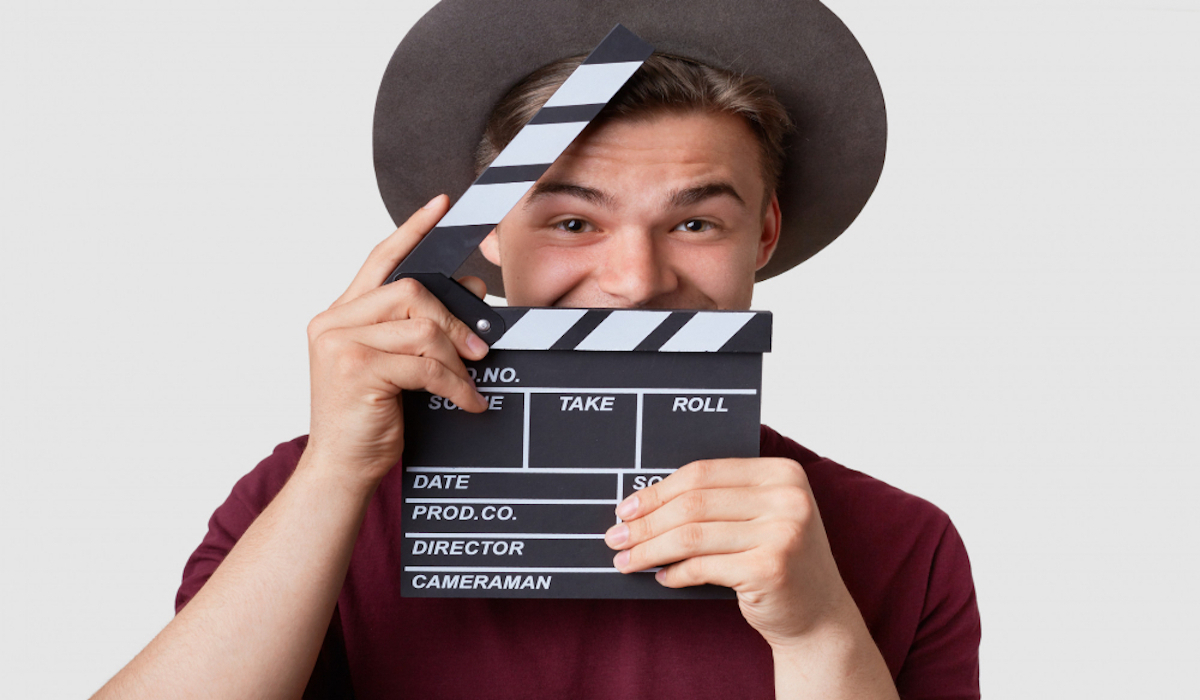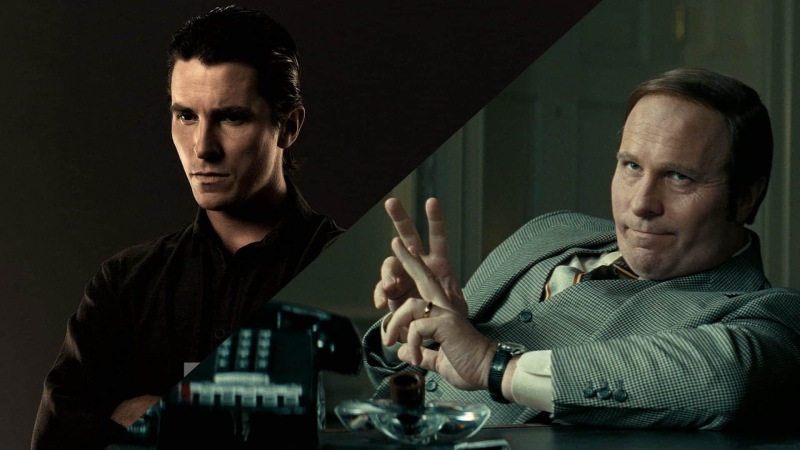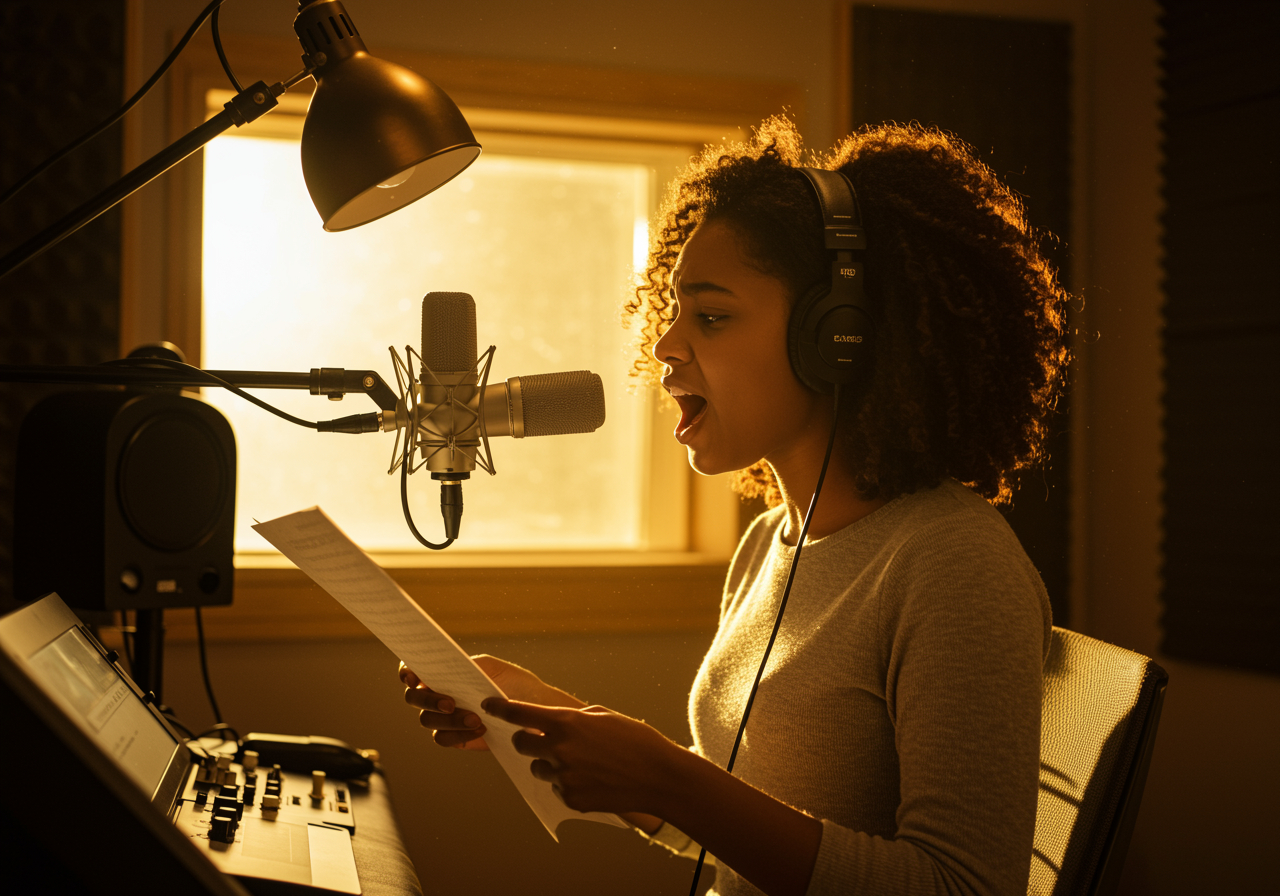Top 7 Acting Expressions That Every Actor Must Perfect
Actors embody the characters they play. From emotions and body language to adopting various acting techniques and justifying unique traits, different expressions in acting help actors master the nuances of a character’s personality and make them memorable.
Think of your favorite characters and all the things you love about them. The blank, matter-of-fact expressions by a young Sheldon Cooper, or the iconic Poo from K3G – It’s the expressions and body language that sets these characters apart.
There are a range of expressions in acting – they depict various emotions, portray inner turmoils, and further a character’s story arc. Different eye movements, looking directly into the camera for a fourth-wall-breaking moment, pursing lips, grins & smirks, and teary-eyed moments are central to any storyline.
Read on to learn more about expressions, their usage in movies, and their importance in visual storytelling.
Do you want free career counseling?
Ignite Your Ambitions- Seize the Opportunity for a Free Career Counseling Session.
- 30+ Years in Education
- 250+ Faculties
- 30K+ Alumni Network
- 10th in World Ranking
- 1000+ Celebrity
- 120+ Countries Students Enrolled
Read Also: Cinematography vs. Film Direction: Key Differences & Similarities
Importance of Facial Expressions in Acting
Facial expressions are integral to acting, without them, the actor would appear to be just reading lines from a script. Expressions elevate the performance, adding the right amount of drama, fun, and kick to the acting and the storyline.
While dialogues carry a story forward, expressions add more depth and complexity to the plot, emphasizing the traits of different characters and helping the audience read between the lines.
Book Now →
Expressions make a performance more authentic and heartfelt, evoking all the intended emotions and feelings so the viewer resonates with the character. The right expressions can make all the difference – creating an unbreakable bond between the viewer and their favorite character that lasts long after the movie has ended.
Top 7 Expressions Every Actor Must Perfect
If you are an aspiring actor, here’s a list of expressions that you need to master to hone your craft, refine your acting skills and techniques, and kickstart your acting career –
Read Also: Silent Acting: How to Convey Emotions Without Dialogue
Do you want free career counseling?
Ignite Your Ambitions- Seize the Opportunity for a Free Career Counseling Session.1. Eye Movements and Eye Contact
“The eyes are the windows to the soul”
From subtle squints and blinks, to wide-eyed expressions, eye movements play an important role in furthering a story, revealing a character’s intention, or simply drawing attention to their personality. It highlights sorrow, anger, happiness, or even vengeance.
How a character makes eye contact during a complex scene tells a lot about their traits, and significance, and focuses on their true feelings.
In fourth-wall-breaking sequences, actors often make direct eye contact with the camera to emphasize the relationship between the character and the audience. Think of Phoebe Waller-Bridge in Fleabag and how breaking the fourth wall makes the show so memorable and unique!
2. The Power of A Sigh
If you are familiar with Satyajit Ray’s story ‘Patol Babu, Film Star’, you would know how a simple exclamation – ‘oh’ – can bring so much to the table.
Sighing is a basic but common expression in human beings. Joy, frustration, relief, or fear – a sigh can add a touch of authenticity to your acting, making it real, relatable, and powerful.
3. Tears That Touches The Soul
Tears can be memorable too. Think of the iconic scene at the end of Chak De! India – Shahrukh Khan filled with victory and pride, his eyes glistening with tears, and how the audience resonated with the actor. Or Darsheel Safary in Taare Zameen Par – convincing his mum to not send him to a boarding school through tears. These scenes have left the cine-goers in awe for years and made them love and adore the characters beyond the runtime.
Read Also: How to Finance Your Cinema Education: Tips and Resources
As an actor, it is important to fully immerse yourself in the character and understand and look at things from their perspective. It makes the emotions you portray look genuine, creating a connection with the audience and making them teary-eyed, experiencing all the emotions that the story asks for.
4. Smile & Laughter
While a smile or laughter is most commonly interpreted as ‘happy’, there are multiple other circumstances where actors use these expressions in acting.
Sly grins, flirty smirks, or sarcastic moments – smiles go a long way in conveying the complexity of a scene to the audience while also adding dimensions to the story and furthering a character’s motive.
Laughter too can mean different things – think of all the villains and their laughs, or laughter used as a marker of delusion and extreme reactions. It has been a powerful tool that can keep the viewer on the edge of the seat and give them goosebumps, or lighten the mood and let them laugh along!
5. The Subtle Anger
While over-the-top displays of anger have always garnered views, especially in commercial movies, subtle anger – often portrayed through eye movements and stares – adds a sense of depth to the character and their aura.
In real life, we don’t always express anger by breaking things and smashing glasses, people have a range of reactions – from silence to tears, to stern replies. These subtle yet powerful depictions of anger are what sets a film apart, making the audience resonate with it.
Read Also: Film, TV, and Theater: Understanding Different Acting Genres
Characters like Amy from Gone Girl, Maeve from the popular Netflix show Sex Education, and Olivia Benson from Law & Order: SVU are some of the most prominent examples where actors explore subtle anger and create a more realistic outlook of a scene.
6. A Blank Face
A blank face can mean a lot of things depending on the context of the story. It can imply fear, apathy, dissociation, or uncertainty.
Blank faces are an important element in portraying complex inner turmoils and conflict within oneself. It creates mystery and intrigue and allows the audience to experience the character’s perspective without explicitly pointing it out.
7. Tone & Body Language
How a dialogue is delivered is as important as the dialogue itself. The tone of voice and body language are crucial elements when it comes to expressions. They determine the intent of the characters, establish their motive, and let the viewers get a glimpse of their psyche.
Your tone and body language can effectively convey the emotions to the audience, get them on board, and connect them to the story.
Postures can say a lot about a character’s personality while microexpressions emphasize what they are feeling and tie the entire performance together.
Read Also: Crafting a Career in Acting: How to Become a Successful Actor
How to Layer Emotions Through Expressions in Acting
Most of the time, you have to layer and mix different emotions in acting sequences – say a quick eye contact with a grin, a teary eye contact, or even a blend of complex emotions like subtle anger and laughter.
To layer different expressions, you must be thorough with the story and understand the character, context, and scene. Try out different scenes that help you get acquainted with portraying the full spectrum of emotions.
Referring to the feelings wheel will allow you to analyze and depict as many emotions as you can and create a perfect balance of tone, body, language, dialogues, and facial expressions during acting.
Conclusion
If you are an aspiring actor, make sure you understand different expressions in acting and practice them to land your dream role. From subtle anger and microexpressions to different types of stares, sighs, laughs, and body language – you will need the full spectrum of emotions to perfect your acting skills.
Facial expressions and tone complement the dialogues and intensify the depth and drama in a story. Check out the range of acting, filmmaking, and cinematography courses offered by AAFT to understand the art of writing and portraying characters. These expert-guided courses offer hands-on training and are perfect for broadening your horizons and building an awesome and versatile portfolio.

AAFT has been providing the world with limitless creativity and expression since 1993! Through a dynamic and industry-driven curriculum, AAFT provides engaging and captivating articles to persuasive blogs and empowers its readers to explore diverse avenues of creative media education-related content.











